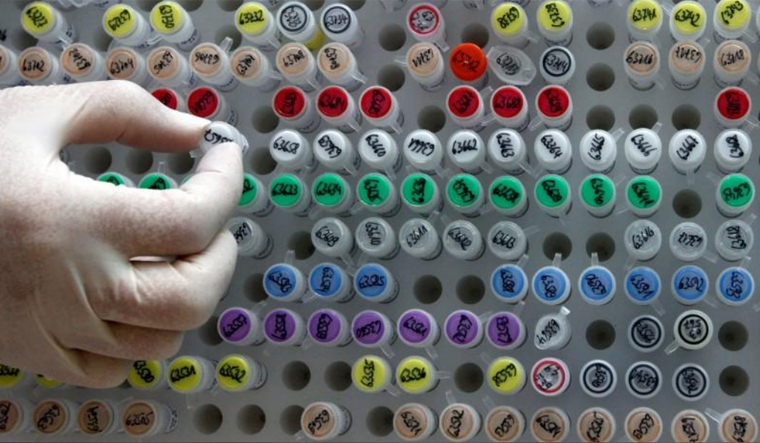Genetic defects underlie about a fourth of Chinese children affected by cerebral palsy, and not a lack of oxygen at birth as previously thought, new research has found.
Cerebral palsy is a disorder affecting one's ability to move. It is the most common motor disability in children, with symptoms emerging in infancy and early childhood.
The disability is sometimes also associated with autism and intellectual deficiencies.
Birth asphyxia, or receiving insufficient oxygen at the time of being born, can cause physical harm, especially to the brain, and is considered one of the main causes of cerebral palsy.
The world's largest study of cerebral palsy genetics, involving more than 1,500 affected Chinese children, found that mutations were significantly higher in a fourth of these children receiving insufficient oxygen at birth.
Researchers said this indicated that birth asphyxia could be secondary to the underlying genetic defects.
The results, published in the journal Nature Medicine, are consistent with smaller studies globally, they said.
According to human geneticist Josef Gecz from the University of Adelaide, who co-led the Australian team, 24.5 per cent of Chinese children in the study had rare genetic variations linked to cerebral palsy.
"This revelation mirrors our earlier findings in our Australian cerebral palsy cohort, where up to one-third of cases have genetic causes.
"Our research shows at least some babies who experience birth asphyxia and are diagnosed with CP may have improper brain development as a result of the underlying genetic variants rather than a lack of oxygen," said Gecz.
The researchers identified 81 mutated or altered genes that caused cerebral palsy in the children. These genes are known to be important to brain and embryo development, and may also affect molecular processes responsible for respiration, they said.
"A lack of oxygen at birth is often claimed to be the cause of CP in medical litigation following a diagnosis and this has led to the presumption that the condition is preventable with better obstetrics or midwifery. This is simply not the case," said co-lead author Alastair MacLennan, an obstetrician and a professor, the University of Adelaide.
"Crucially, clinically actionable treatments were found in 8.5 per cent of cases with a genetic cause. It is exciting to see how genetic pathways to cerebral palsy inform tailored treatments for these individuals," said Gecz.
The results highlighted the need for early genetic testing in children having cerebral palsy, especially those with risk factors like birth asphyxia, to ensure medical care and treatment, said MacLennan.



